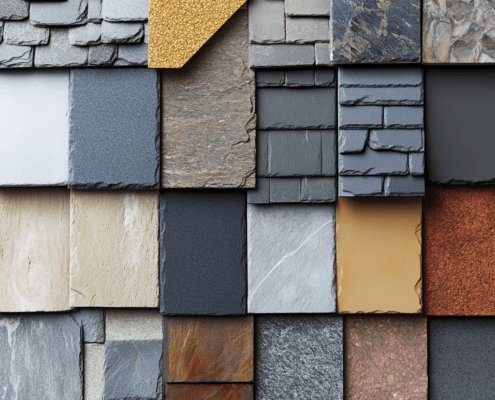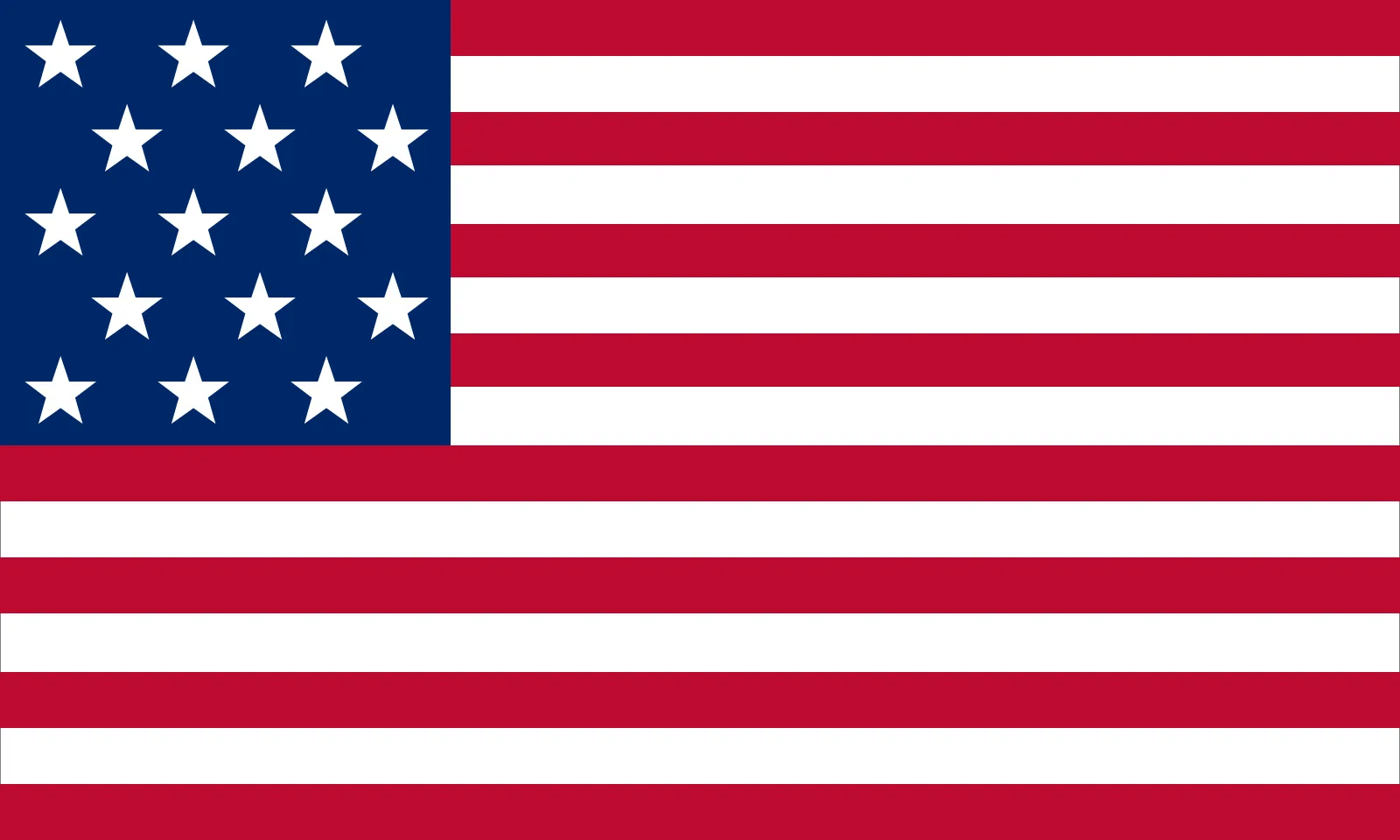What Are Roof Covering Materials?
Roof covering materials are the layers of material placed on top of a roof to protect the building from the elements, such as rain, snow, and sunlight. They serve as the first line of defense against weather damage and contribute to the overall aesthetics and energy efficiency of a building.
Choosing the right roof covering material is essential for the longevity of your roof and the comfort of your building’s occupants. Factors like climate, budget, and building style all play a role in deciding which material is best for your roof.
Types of Roof Covering Materials
There are various types of roof covering materials, each with its own set of advantages. Here’s a breakdown of the most common options:
1. Asphalt Shingles
Asphalt shingles are the most popular roof covering material in North America. They are affordable, easy to install, and come in various colors and styles.
- Benefits:
- Affordable
- Widely available
- Easy to repair
- Good for sloped roofs
- Drawbacks:
- Shorter lifespan (15-30 years)
- Less eco-friendly compared to other options
2. Metal Roofing
Metal roofs are gaining popularity due to their durability and modern look. Made from steel, aluminum, or copper, metal roofing is ideal for a wide range of building styles.
- Benefits:
- Long lifespan (40-70 years)
- Fire-resistant
- Energy-efficient (reflects heat)
- Low maintenance
- Drawbacks:
- Expensive upfront cost
- Can be noisy during rain or hail
3. Clay and Concrete Tiles
Clay and concrete tiles are commonly used in hot climates. They provide a classic Mediterranean look and offer excellent durability.
- Benefits:
- Long lifespan (50+ years)
- Highly durable
- Energy-efficient (keeps buildings cool)
- Fire-resistant
- Drawbacks:
- Expensive
- Heavy, requiring additional roof support
4. Wood Shingles and Shakes
Wood shingles and shakes provide a natural, rustic appearance. Cedar is the most common wood used for roofing, known for its ability to resist moisture and insects.
- Benefits:
- Attractive, natural look
- Good insulation
- Eco-friendly if sourced sustainably
- Drawbacks:
- Requires regular maintenance
- More susceptible to fire
- Expensive
5. Slate Roofing
Slate roofing is made from natural stone and offers unmatched beauty and durability. It’s ideal for high-end homes and buildings that need an elegant, timeless look.
- Benefits:
- Extremely durable (up to 100+ years)
- Fire-resistant
- Low maintenance
- Drawbacks:
- Expensive
- Heavy, requiring additional structural support
6. EPDM (Ethylene Propylene Diene Monomer)
EPDM is a synthetic rubber roofing material commonly used for flat roofs. It’s a popular choice for commercial buildings and residential properties with flat roof designs.
- Benefits:
- Waterproof and weather-resistant
- Low-maintenance
- Long lifespan (up to 30 years)
- Drawbacks:
- Can be prone to damage from sharp objects
- Not the most aesthetic option
7. TPO (Thermoplastic Olefin)
TPO is another roofing material used for flat roofs, particularly for commercial buildings. It is a single-ply roofing membrane that offers excellent UV resistance.
- Benefits:
- Energy-efficient (reflects UV rays)
- Flexible and durable
- Easy to install and maintain
- Drawbacks:
- Can become brittle in extreme temperatures
- Less durable compared to EPDM
Factors to Consider When Choosing Roof Covering Materials
When selecting roof covering materials, you should take several factors into account to ensure your choice is the best fit for your roof:
1. Climate
The climate in your area plays a significant role in determining which material is best for your roof. For example:
- Metal roofing is excellent in areas with heavy snow or rain due to its durability and water resistance.
- Clay or concrete tiles work well in hot climates because they reflect heat and keep your home cooler.
- Wood shingles may be ideal in moderate climates but require more maintenance in wet or humid areas.
2. Budget
Your budget will likely influence the type of roof covering material you choose. Asphalt shingles are usually the most affordable option, while materials like slate, clay tiles, and metal roofing tend to be more expensive. However, more durable materials often have a longer lifespan, which can save you money in the long run.
3. Aesthetic Appeal
The appearance of your roof can significantly affect the overall look of your building. Choose a material that complements the architectural style of your property. For example:
- Wood shingles provide a rustic, natural look.
- Slate offers a sophisticated and classic appearance.
- Metal gives a modern, sleek look.
4. Maintenance
Some roofing materials require more maintenance than others. For example, wood shingles need to be treated regularly to prevent rot and pests, while slate and metal require minimal upkeep.
5. Lifespan
If you want a roof that will last for decades, choose a material with a long lifespan, such as slate, metal, or clay tiles. Asphalt shingles, while affordable, may need to be replaced sooner, depending on the climate and wear.
Advantages of High-Quality Roof Covering Materials
Investing in high-quality roof covering materials can provide several benefits:
- Durability: Quality materials last longer and require fewer repairs.
- Energy Efficiency: Some materials, such as metal and clay tiles, help with energy efficiency by reflecting heat or providing better insulation.
- Curb Appeal: A high-quality roof can enhance the aesthetic appeal and value of your property.
- Protection: Top-grade roofing materials provide better protection against the elements, such as rain, wind, snow, and UV rays.
Common Problems with Roof Covering Materials
While there are many excellent roof covering materials available, each type can have its own set of issues. Some common problems include:
- Leaks: Poor installation or wear and tear over time can cause leaks.
- Moss and Algae Growth: Certain materials, like asphalt shingles and wood shakes, are prone to moss or algae growth in humid conditions.
- Weather Damage: Materials like wood or asphalt may be susceptible to storm damage, while metal roofs can be noisy during hailstorms.
Why Choose CommercialFlatRoofs.ca for Your Roofing Needs?
At CommercialFlatRoofs.ca, we specialize in a variety of roofing solutions, including flat roof installation and maintenance. Whether you’re interested in EPDM, TPO, or other high-quality materials, we offer professional installation services to ensure your roof is durable, functional, and visually appealing.
Why choose us?
- Expertise: Years of experience in flat roof systems and other roofing materials.
- Quality: We use only the highest-quality materials for our installations.
- Custom Solutions: We tailor our services to fit the unique needs of your building.
- Competitive Pricing: Get high-quality work at an affordable price.
Contact us today to discuss your roofing needs and get a free quote!
Recent Blog Posts Questions
What are the best roof covering materials for flat roofs?
For flat roofs, EPDM and TPO are excellent choices due to their waterproofing abilities and ease of installation.
How long do different roof covering materials last?
- Asphalt shingles: 15-30 years
- Metal roofing: 40-70 years
- Slate: 100+ years
- Clay tiles: 50+ years
- Wood shingles: 20-40 years
What is the most affordable roof covering material?
Asphalt shingles are typically the most affordable roofing material, making them a popular choice for budget-conscious homeowners and property owners.








